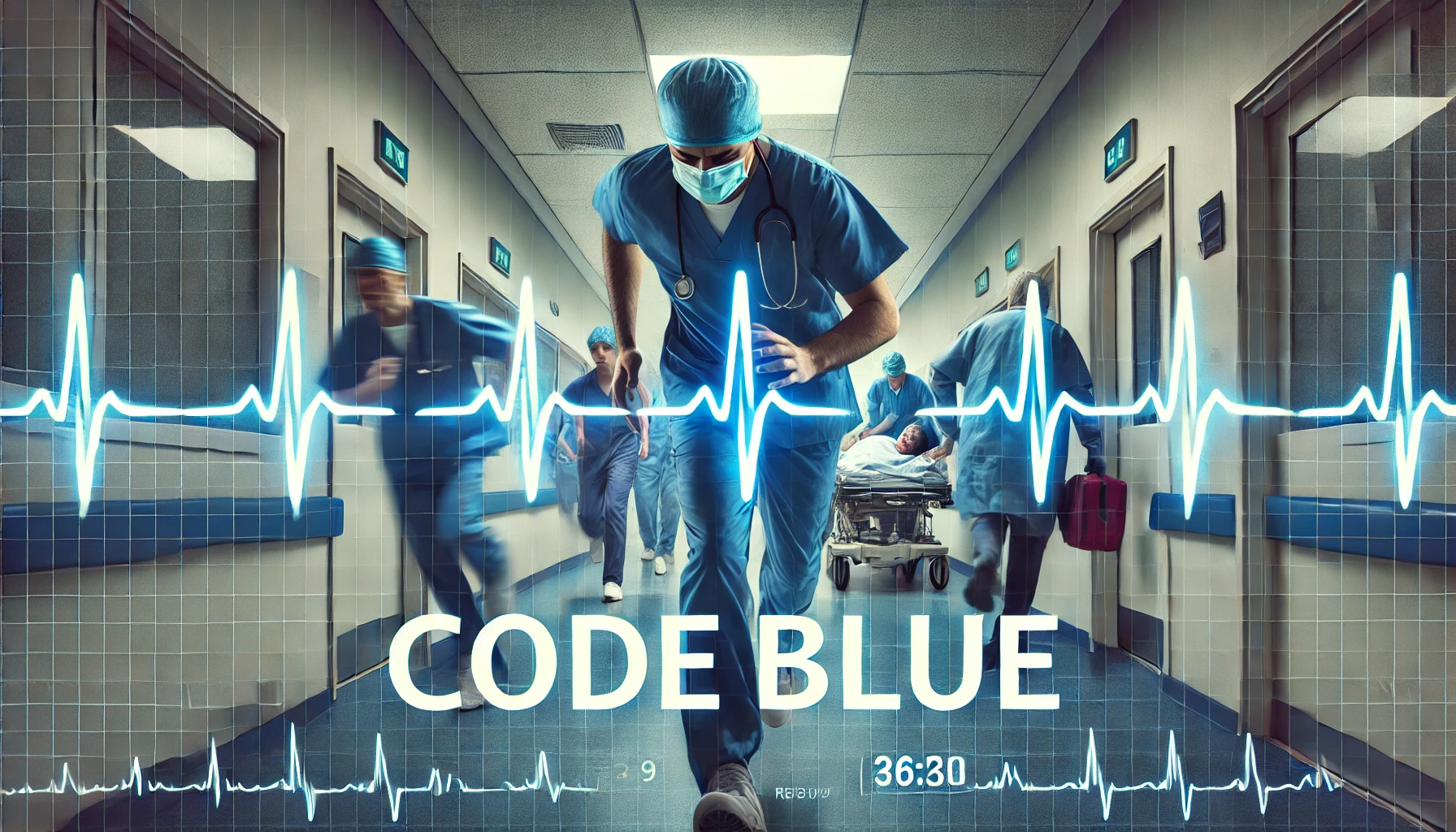Understanding Code Blue: A Critical Emergency Response
This post was written with Consensus AI Academic Search Engine – please read our Disclaimer at the end of this article. Code Blue represents a critical emergency that requires immediate and effective intervention. Training methods such as High Fidelity Patient Simulation and the use of smartphone-based cognitive aids have shown promise in improving the preparedness and performance of healthcare providers during these high-stakes situations. Continuous advancements in training and technology are essential to enhance the management of Code Blue events and ultimately improve patient outcomes.
A “Code Blue” is a hospital emergency code used to indicate a patient requiring immediate resuscitation, typically due to cardiac or respiratory arrest. This article explores the significance of Code Blue, its management, and the impact of various training methods on healthcare providers’ performance during such critical events.
What is a Code Blue?
Code Blue is a term used in hospitals to alert medical staff to a patient in a life-threatening situation, often involving cardiac or respiratory arrest. The primary goal during a Code Blue is to perform immediate resuscitation to restore the patient’s heartbeat and breathing.
Importance of Code Blue Management
Effective management of Code Blue situations is crucial as it can significantly impact patient survival rates. Rapid response and proficient execution of resuscitation protocols are essential to improve outcomes in these critical scenarios.
Training Methods for Code Blue Management
Training healthcare providers to handle Code Blue situations effectively is vital. Various methods are employed to enhance the knowledge and skills required for such emergencies.
High Fidelity Patient Simulation (HFPS)
High Fidelity Patient Simulation (HFPS) involves using advanced manikins that can mimic real-life physiological responses. A study conducted among undergraduate nursing students in Malaysia compared the efficacy of HFPS with Low Fidelity Patient Manikins (LFPM) in teaching Code Blue management. The results indicated that HFPS significantly improved both knowledge and critical thinking skills compared to LFPM. The intervention group using HFPS showed higher gains in knowledge levels ((\eta^2 = 0.146)) and critical thinking skills ((\eta^2 = 0.119)) compared to the control group using LFPM ((\eta^2 = 0.130) and (\eta^2 = 0.066), respectively)1.
Smartphone-Based Cognitive Aids
In addition to simulation-based training, technological aids such as smartphone applications are being explored to assist healthcare providers during Code Blue events. A randomized controlled trial assessed the impact of the Code Blue Leader application on clinical performance during cardiac arrest simulations. The study highlighted the potential benefits of using smartphone-based cognitive aids to provide quick access to algorithms and timers, which can enhance the performance of providers leading cardiac arrest simulations2.
Disclaimer
The content presented in this blog is generated by Consensus, an AI-powered academic search engine, and is based on publicly available scientific literature. While every effort is made to provide accurate, up-to-date, and well-researched information, the content is intended for informational and educational purposes only. It does not constitute medical advice, diagnosis, or treatment. Always consult a qualified healthcare professional before making any decisions regarding medical conditions, treatments, or medications. The AI system’s analysis may not cover all perspectives, emerging research, or individual cases, and it is not a substitute for professional expertise. Neither the blog publisher nor the developers of the AI-powered search engine are responsible for any actions taken based on the information provided in this content. Use of this information is at your own risk. Citations to the original scientific studies are included for reference, but these studies should be reviewed in full and interpreted with the guidance of a healthcare or research professional.
If you are experiencing a medical emergency, please seek immediate attention from a healthcare provider.
